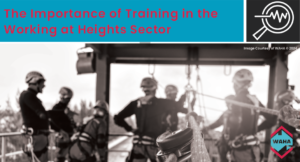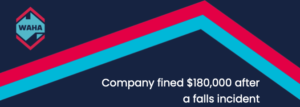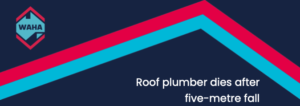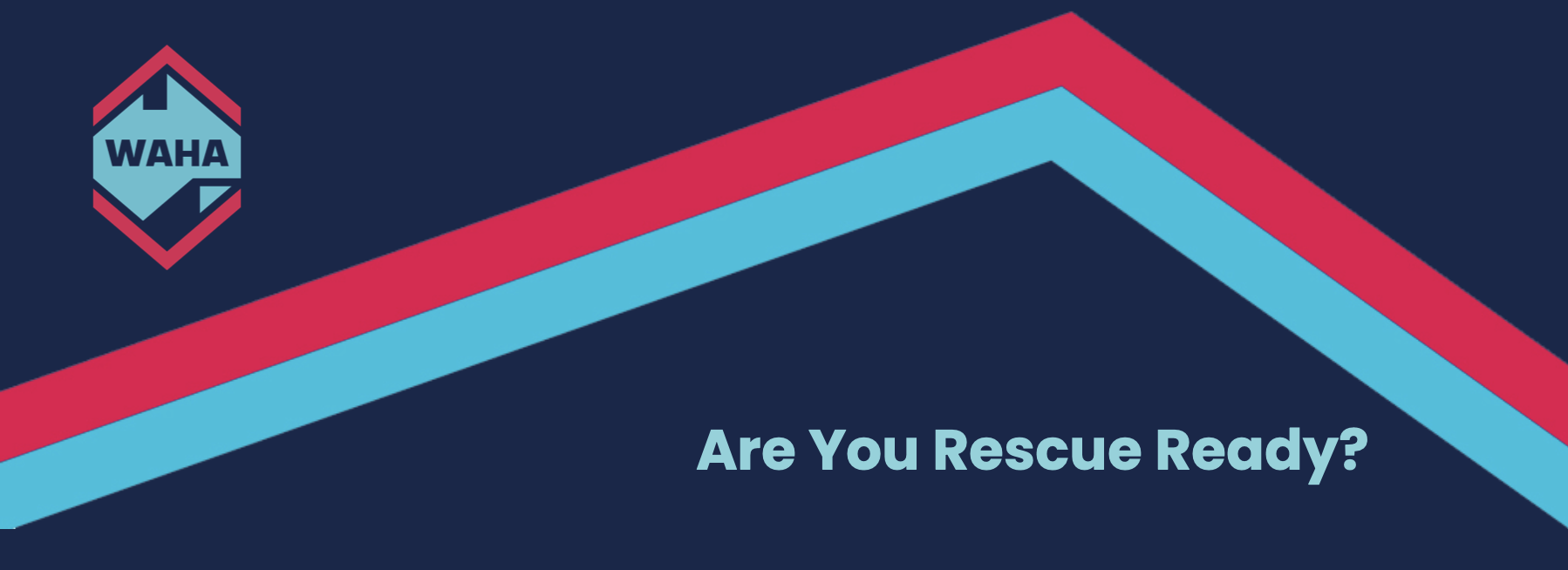
by Scott Barber, for Sourceable.
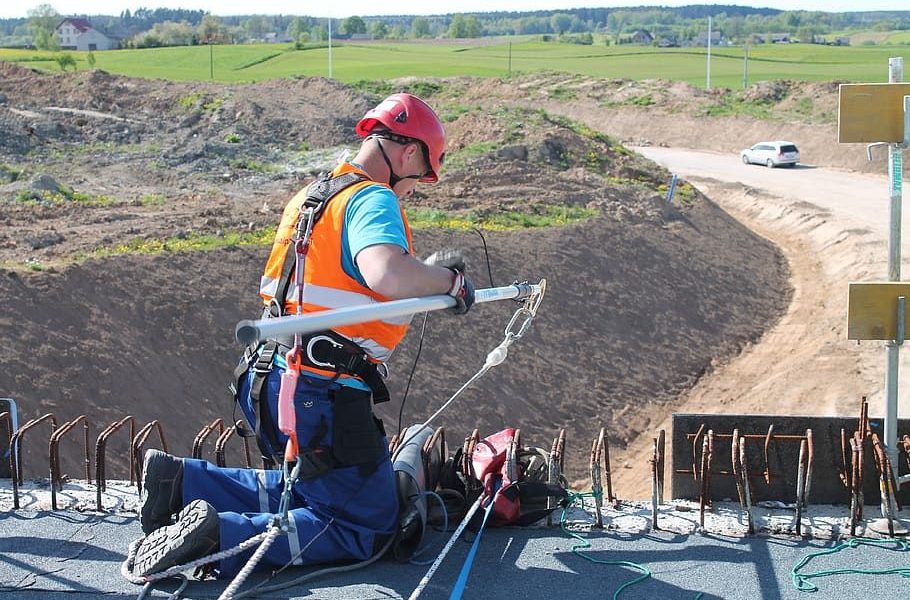
The following is guidance from the Working at Heights Association about being ready to rescue a worker who is injured when working at height.
#1 Update your Risk Assessment:
Always start with a thorough risk assessment early. If unsure, have it reviewed or approved by a rescue specialist. Remember, circumstances on site change regularly, be it weather or surrounding works, so make sure it is updated to reflect the actual job characteristics and don’t just use a general template.
Your working at height or confined space rescue plan is only as good as your risk assessment. So if your risk assessment isn’t in alignment with the risk profile, then you don’t really have an effective plan.
An incomplete risk assessment exposes any gaps in SWMS, and consequently, your rescue plan. Not accounting for site and job specific hazards . An out-of-date or inadequate risk assessment doesn’t cater for changes in the environment, and a last minute risk assessment may leave you scrambling for safety on-site.
#2 Specify Fit-for-Purpose Rescue Equipment
Highlight all potential rescue “hot-spots” on your site. Analyse each hot spot to understand your rescue equipment needs. Work with specialists to help identify the most practical and effective solution, taking into consideration the training and skills maintenance of the rescue team.
The wrong rescue equipment specification can lead to confusion, convoluted planning, and an ineffective response to an emergency. If the gear is not suitable for the rescue, you’ll be forced to improvise and compromise, and in a rescue situation, that significantly increases the risk to everyone.
#3 Scale-Up your Response Capability
Identify when, where and how often your team works at height. Use this frequency of work and the supporting risk profiles to inform your decisions around how much rescue cover you need. Ensure all required team members are trained accordingly in rescue techniques and procedures, or if high-risk, bring in a professional standby rescue team.
Not everyone requires rescue training but every site should have rescue-trained personnel. There should always be a rescue capability on-site, ready, with easily accessible equipment, and available to perform whenever and wherever there is work at height and/or the risk of a fall.
Maintaining a rescue capability can be challenging, particularly for smaller teams where everyone already has set roles or when rescue-trained personnel work across multiple sites.
There are alternatives to maintaining an in-house capability, but this requires utilising third-party stand-by rescue teams, which may be more viable for specialist works like shutdowns etc or when short of rescue cover.
#4 Practice, Practice, Practice
Set aside time to practice for a rescue. Ensure all equipment is on-site, inspected, accessible and ready for deployment. Have your practice supervised by a rescue-trained team member or qualified expert rescue trainer
Practice and skills maintenance is critical in assuring your team is ready to respond to an emergency incident. Assuming your team is prepared and comfortable to perform a rescue is dangerous, and places unnecessary risk
Practising your rescue plan is also a requirement under the Code of Practice, which requires evidence that your rescue plan is effective and can be implemented safely.
#5 Do a Daily “Rescue-Ready” Check
Have a pre-determined location for your rescue equipment. Inspect all items daily to confirm they’re safe and ready for use. Top-up your rescue gear as needed.
Every site has a daily pre-start procedure. Ensuring your rescue capability is intact should be a priority, alongside reviewing your risk assessments and SWMS. These go hand-in-hand, as any changes to the SWMS or risks on site may have a direct affect on the effectiveness of your rescue plan.
Is your rescue equipment secure, accessible and in the right location? Is it still intact? Is all the related PPE (harnesses, helmets, etc) complete? Is there anything about today (eg. weather, changes to the nature of work, team members away) that necessitates additional items or measures?
Remember, your rescue kit is only fast, easy and safe to use because it has everything you need and is ready to go. But, much like a first aid kit that’s been raided over time, an incomplete rescue kit could cost you dearly in an emergency.



